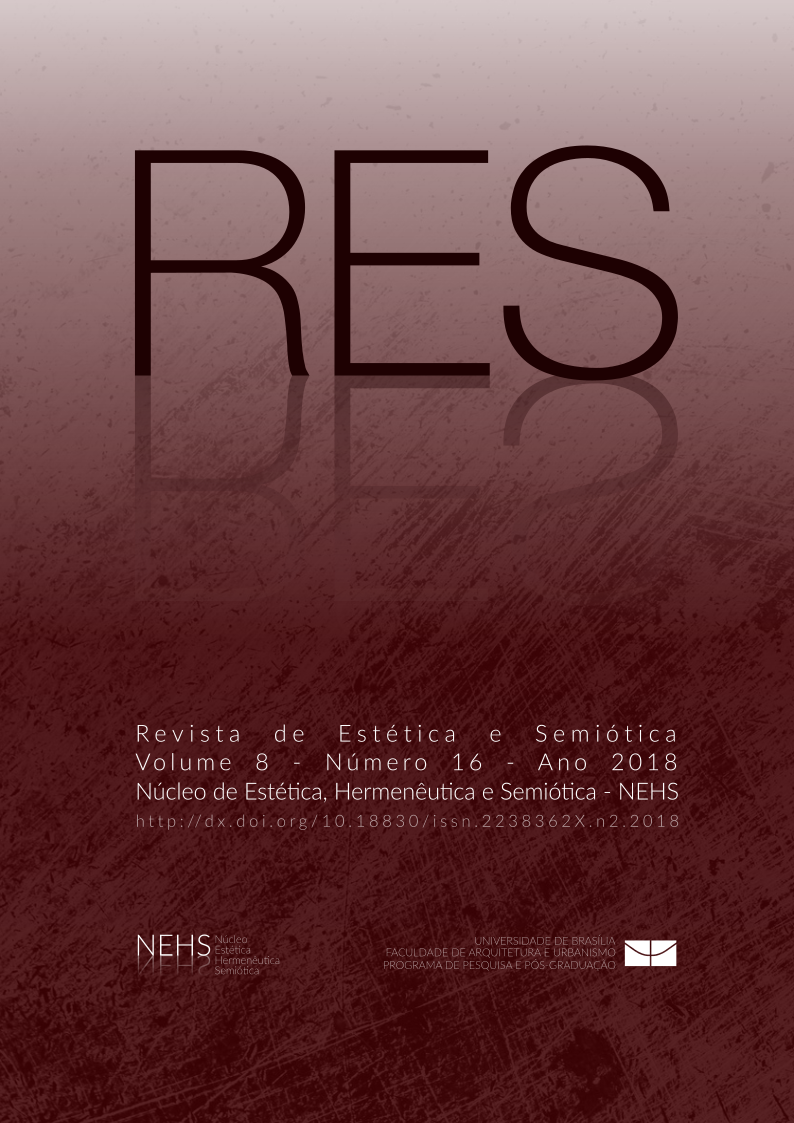Interwining: Art, Politic and Policy
Arte, Política e Política Pública
DOI:
https://doi.org/10.18830/http://dx.doi.org/10.18830/issn.2238362X.n2.2018.3Keywords:
Art. Public policy. Politics. Aesthetics. Democracy.Abstract
The purpose of this article is to explore the relationship between art and politics, whether in the art bias or the political denunciation of hegemonic patterns or in the way politics interferes in the models of teaching and making art. Art consubstantiated in public spaces, to be appreciated by the population, as critical viewers. The epistemological quest for the relationship between art and politics, as well as the search for public policies built specifically for relationships materialized in society or even in urban space requires the tacit knowledge of the same relationship. Rancière (2009) states that aesthetics and politics are ways of organizing the sensitive. He states that aesthetics is the way to dominate the sensitive and express it in thoughts, whether theatrical, visual arts, literature, music or dance, and that politics also organizes itself to imply, to see, to build visibility and intelligibility of events. The article shows, therefore, the moments in which the art and the politics of found and together have materialized in public policies or objects in public spaces of the cities. Thus, we have the intertwining of art, politics and the city.




